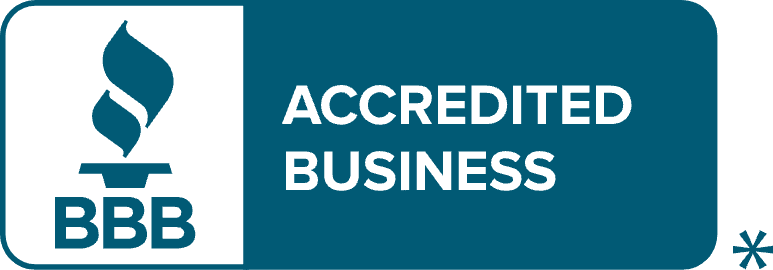Concerned About Market Volatility? Try the Bucketing Strategy for Your Retirement Portfolio: Including alternative assets in a self-directed IRA is a good start
Published on May 12, 2025
The woes of the stock market’s current performance and increased talk of a possible recession have many retirees and near-retirees concerned about their retirement accounts. How will their balances and portfolios fare in the coming months? For anyone who had hoped to retire this year, they may be reconsidering that retirement date to mitigate the return risks so many investors are enduring right now.
Even though history teaches us that what goes down (eventually) comes up, there is a jittery feeling among investors about their retirement accounts—and their retirement income and investment strategies during periods of short-term but wild market fluctuations.
Bucket strategies are one way to save for retirement—and with a self-directed IRA, employing a bucket strategy with alternative assets can be a game-changer for savvy investors—even for those in the retirement red zone, with a shorter time horizon ‘til retirement.
Allocating retirement assets in a bucket strategy
A bucket strategy is less sensitive to market fluctuations because of the way investments are allocated.
Bucket #1 is the liquidity bucket with savings that can be drawn upon to spend in one to three years. For people nearing or in retirement, the assets in this bucket cover their more immediate needs, especially as they begin taking required minimum distributions.
Buckets #2 and #3 contain the mid- and long-term assets that are invested and awaiting market recovery. For typical investors, these buckets are likely to be stocks and bonds that have suffered in down markets (as we have been experiencing this year, especially during the first quarter) and need time to bounce back.
Include alternative assets in a SDIRA to combat market volatility
For investors who are self-directing their portfolios, they are already poised to meet the challenges of market fluctuations. That’s because the alternative assets they are including in their self-directed IRA (SDIRA) are generally illiquid, long term, and their performance is not correlated with those of stocks and bonds. Plus, they may offer stronger ROI. Real estate, precious metals, private equity funding, commodities, and royalties are among the assets allowed in a SDIRA.
For retirees or near-retirees, an avenue to consider is to open a new SDIRA and invest in alternative assets for those mid-range and long-term buckets. Anyone who still has earned income in retirement may continue to contribute to a Traditional or Roth IRA and there is no age limit, which works well for those retirees who continue to work in some capacity, either for pleasure or because of financial need.
If you are an IRA account owner, remember that by age 73, you must begin taking required minimum distributions (RMDs) from pre-tax retirement accounts such as Traditional IRAs; Roth IRAs are exempt from RMDs, as the contributions were taxed going into the account. If you are self-employed, you can also open a self-directed SEP IRA and contribute from earned income.
Everyone’s cash flow needs are different and long-term projections or financial plans are different. That’s one reason why at Next Generation, we always recommend that our clients discuss their allocation and investment strategies with their trusted advisor and discuss any tax implications that may arise. That said, planning for retirement income is just as important as planning your retirement savings.
If you are interested in learning more about self-directed retirement plans, feel free to watch our webinars, register for an event, read our white papers; or contact our helpful team with questions about the many options and benefits of self-direction. We’re available during regular business hours at 888.857.8058 and your can always email us at NewAccounts@NextGenerationTrust.com.
Back to Blog


